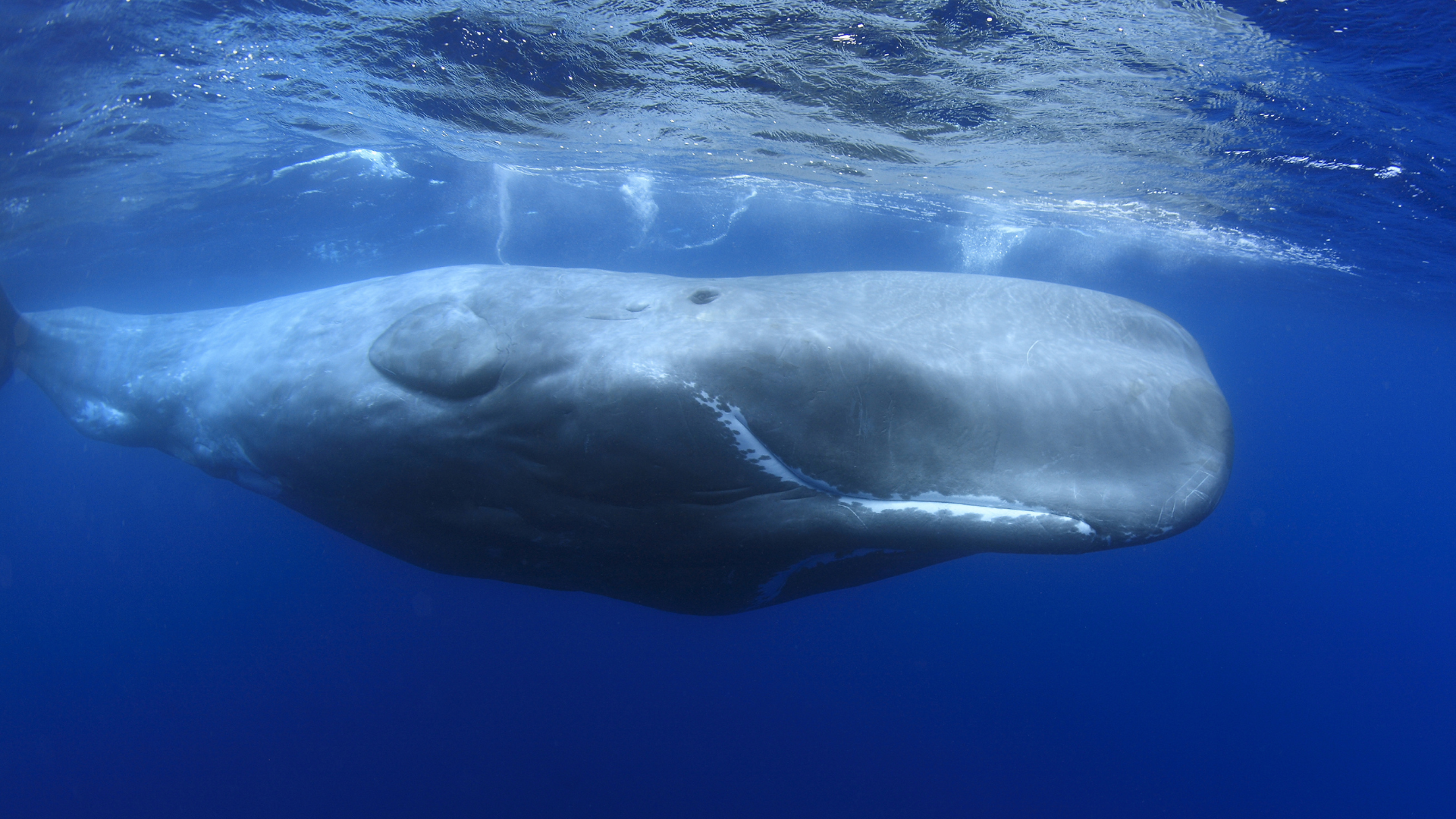- Sectors
- Aerospace & Defense
- Big science
- Fintech
- Insights

The combination of artificial intelligence and the fusion of thermal and visual images contributes to the ongoing process of achieving early detection of cetaceans to prevent collisions on the high seas.
The Canary Islands, an archipelago extraordinary for its marine biodiversity, face a critical challenge: the coexistence of maritime traffic in our waters with populations of large cetaceans, particularly sperm whales (Physeter macrocephalus), a vulnerable species that uses these waters as a key habitat for reproduction.
With the aim of reducing the probability of incidents, ARQUIMEA Research Center, in collaboration with the University of La Laguna and Fred. Olsen Express, within the framework of the LIFE IP INTERMARES program coordinated by Fundación Biodiversidad, has advanced in the development of new technological solutions. The technology developed integrates multimodal and multifocal fusion of data obtained with thermal cameras provided to the project by Fred. Olsen Express, together with advanced Deep Learning algorithms. Thanks to artificial intelligence, this represents progress towards the possibility of automatic detection of cetaceans, thereby facilitating the prevention of potential maritime collisions.
The proof of concept developed has made it possible to assess the applicability of the technology with promising results, as well as to identify areas for improvement. Work is currently underway to find sources of funding that will allow this solution to be scaled up and turned into an operational tool for marine conservation in the Canary Islands and other parts of the world.
Although artificial intelligence has evolved enormously in recent years, the automatic detection of cetaceans from fast ferries presents major challenges due to the speed and movement of these vessels, which require the animals to be identified sufficiently in advance under highly variable and adverse conditions such as rough seas, fog, or haze, all common in the archipelago. In addition, the scarcity of data to train advanced artificial intelligence systems makes this task even more difficult.
Deep Learning–based solution
Previous work approached the solution with classical computer vision techniques as a problem of detecting contrast changes, since the cetacean’s blow appears in the thermal image as a high-intensity feature. This approach is often insufficient because of other events that can produce similar intensity peaks.
To overcome these barriers, the solution developed by ARQUIMEA Research Center is based on the use of Deep Learning, an advanced branch of artificial intelligence, which also makes it possible to:
What is multimodal fusion?
Multimodal fusion combines information from thermal images (infrared or IR cameras) and visual images (traditional optical cameras) to achieve more accurate and robust detection of cetaceans on the surface. Each type of image provides complementary information: while the thermal image highlights the contrast of the blow or the body of the animal with the environment, the visual images capture additional details to reduce false alerts. This is especially important in warm and temperate environments such as the Canary Islands, where thermal contrast is lower than in colder regions.
What is multifocal fusion?
Multifocal fusion combines information from sensors with different fields of view: wide-angle sensors for short and medium distances, and telephoto lenses for long-range detection. This combination makes it possible to expand the monitoring area while improving detection at long distances.
Technological innovation at the service of conservation
“The use of Deep Learning techniques for detection through multimodal and multifocal fusion represents a key technological evolution: by combining thermal and visual images, we overcome the limitations of both technologies separately, achieving much more reliable and effective detection,” highlight ARQUIMEA Research Center.
Main milestones of the project
The work has been carried out within the framework of the LIFE IP INTEMARES program, coordinated by Fundación Biodiversidad.
Awareness and collective action
Beyond technology, this project is a call to action: protecting sperm whales and enabling their coexistence with maritime traffic is everyone’s responsibility. Public–private collaboration allows the fusion of science, technological innovation, and social awareness, offering a real opportunity to preserve marine biodiversity in the waters of the Canary Islands.
Present and future of cetacean detection
This project represents a significant step forward in the state of the art of thermal detection of cetaceans, validating novel multimodal fusion techniques based on Deep Learning and addressing technical challenges such as data scarcity.